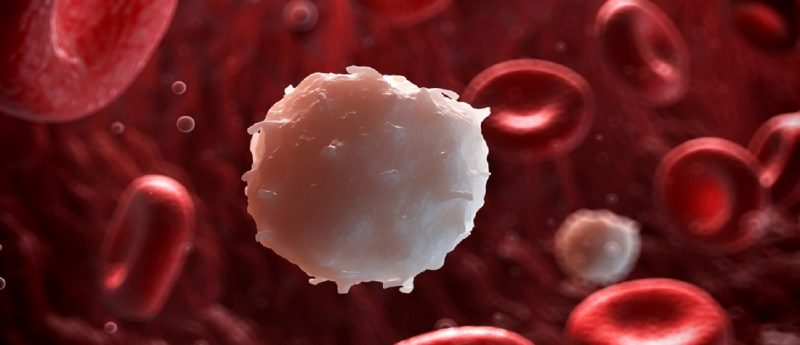Study uncovers genetic switch that could increase supply of stem cells in cord blood for future clinical therapy

The research teams discovered a switch that could potentially endow stemness in hematopoietic progenitors increasing the supply of blood stem cells required for patients in need of transplantation therapy
Scientists from Canada and the Netherlands have discovered the switch to harness the power of cord blood and potentially increase the supply of stem cells for cancer patients needing transplantation therapy to fight their disease. The findings were recently published in Cell Stem Cell.
Co-led in Canada by Dr. John Dick and in the Netherlands by Dr. Gerald de Haan from University Medical Centre Groningen, the study provides a viable new approach to producing more stem cells from cord blood, which is available through public cord blood banking. “Stem cells are rare in cord blood and often there are not enough present in a typical collection to be useful for human transplantation. The goal is to find ways to make more of them and enable more patients to make use of blood stem cell therapy,” explained John Dick from University Health Network (ON, Canada). “Our discovery shows a method that could be harnessed over the long term into a clinical therapy and we could take advantage of cord blood being collected in various public banks that are now growing across the country.”
Currently, patients needing stem cell transplants are matched to an immunocompatible adult donor through international registry services. Nevertheless, to this day, thousands of patients are unable to received stem cell transplants needed to combat blood cancers such as leukemia, due to unavailable donor matches. “About 40,000 people receive stem cell transplants each year, but that represents only about one-third of the patients who require this therapy,” added John Dick. “That’s why there is a big push in research to explore cord blood as a source because it is readily available and increases the opportunity to find tissue matches. The key is to expand stem cells from cord blood to make many more samples available to meet this need. And we’re making progress.”
A lot of research is currently focused on expanding the rare stem cells present in cord blood; however the Dick-de Haan teams took a different approach. When a stem cell divides, it produces numerous progenitor cells that retain the key properties of being able to differentiate into each of the 10 mature blood cell types but lose the ability to self-renew. By analyzing murine and human models of blood development, the teams discovered that the stem cells express mirR-125a (microRNA) which is an active genetic switch that controls self-renewal in stem cells and gets turned off in the ensuing progenitor cells. “Our work shows that if we artificially throw the switch on in those downstream cells, we can endow them with stemness and they basically become stem cells and can be maintained over the long term,” commented John Dick.
Sources:
www.uhn.ca/corporate/News/PressReleases/Pages/stem_cell_scientists_discover_genetic_switch_to_increase_supply_of_stem_cells_from_cord_blood_for_future_clinical_use.aspx; Wojtowicz E E, Lechman E R, Hermans KG et al. Ectopic miR-125a Expression Induces Long-Term Repopulating Stem Cell Capacity in Mouse and Human Hematopoietic Progenitors. Cell Stem Cell doi: 10.1016/j.stem.2016.06.008 (Online before print) (2016).